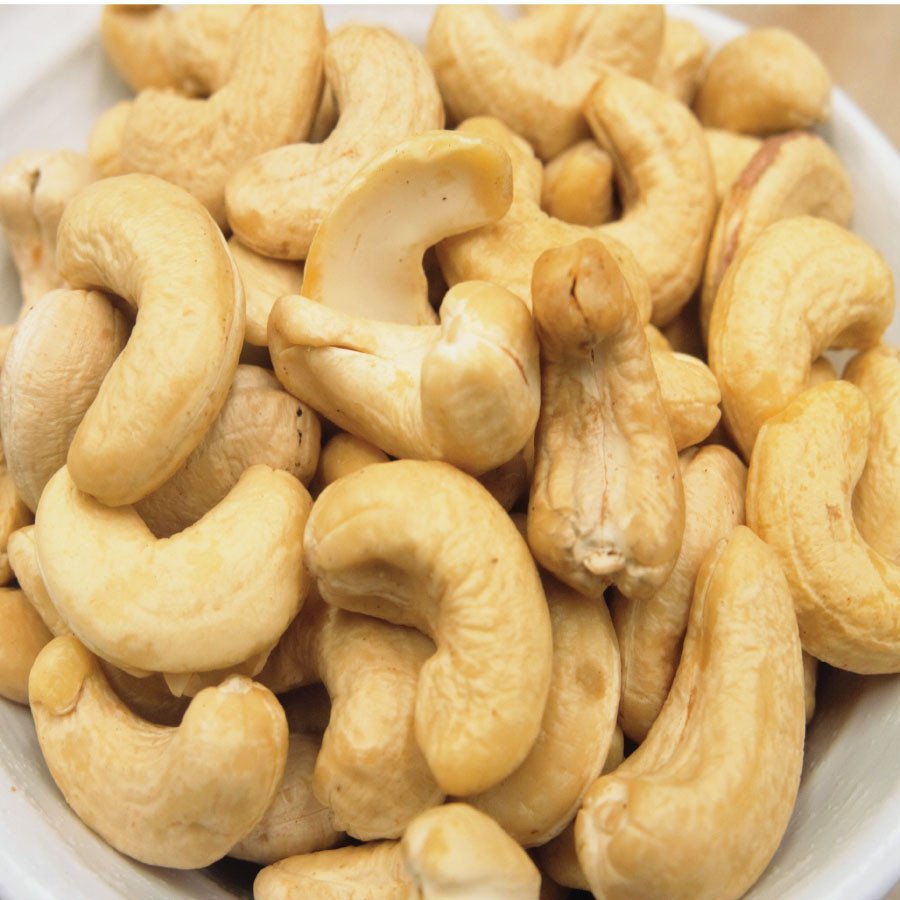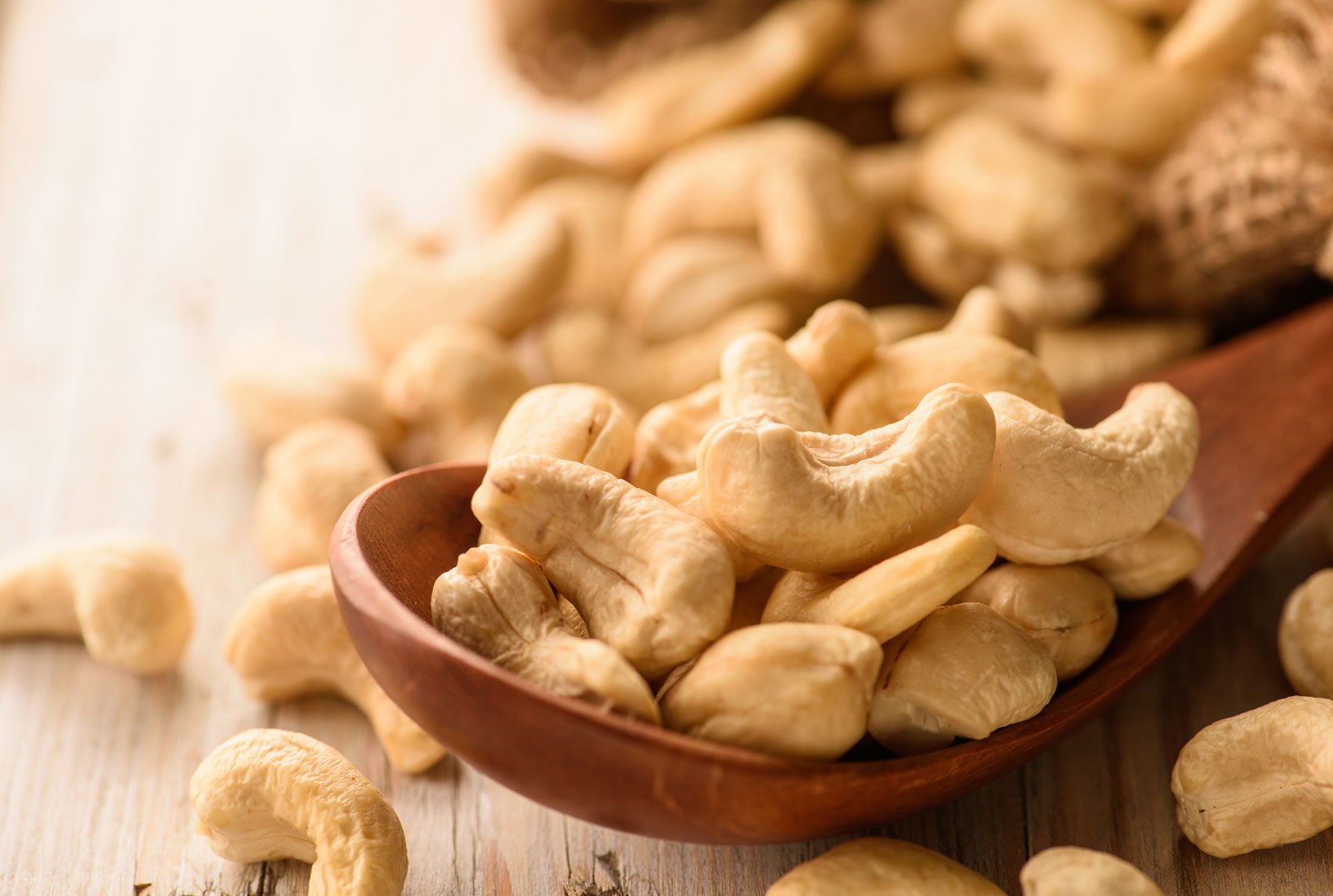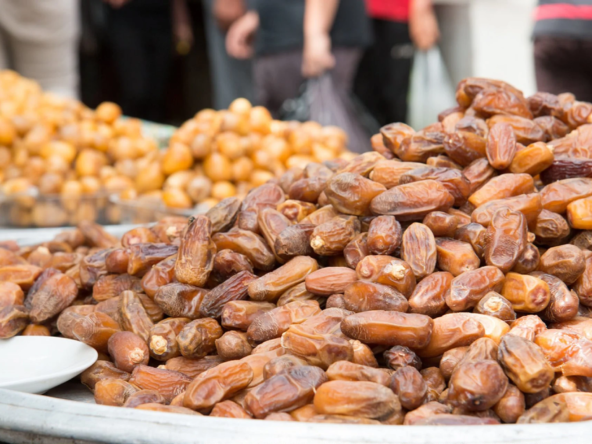The cashew nut, a versatile and valuable commodity, has become an essential part of global trade. Its journey from farm to exportation is a complex process that involves multiple stages, each crucial for ensuring the final product’s quality and market readiness. This article explores the detailed journey of cashew nuts, from cultivation and harvesting to processing and exportation.
1. Cultivation: The Beginnings of the Cashew Nut Journey
1.1. Ideal Growing Conditions
Cashew trees (Anacardium occidentale) thrive in tropical climates, requiring specific conditions to grow optimally. They flourish in well-drained, sandy loam soils with a pH range of 4.5 to 6.5. The ideal temperature for cashew cultivation ranges between 20°C to 30°C. Cashew trees are drought-resistant but benefit from a moderate amount of rainfall, ideally between 600mm to 1200mm annually.
1.2. Planting and Maintenance
Cashew cultivation begins with selecting healthy seedlings or grafted plants. Planting typically occurs during the rainy season, which helps the young trees establish strong roots. Proper spacing (usually 7-8 meters between trees) is essential to allow for adequate growth and airflow, reducing the risk of diseases.
Regular maintenance involves watering during dry periods, applying fertilizers to ensure nutrient availability, and controlling pests and diseases. Common pests include cashew nut borers and scale insects, while diseases like powdery mildew and black fungus can impact the health of the trees.
1.3. Flowering and Fruiting
Cashew trees produce flowers that eventually develop into cashew apples and nuts. The flowering period occurs in late winter to early spring, with fruiting happening shortly after. Each cashew apple produces one cashew nut, which is encased in a double shell.
2. Harvesting: The Critical Transition Phase
2.1. Timing and Techniques
Harvesting cashew nuts is a critical phase in their journey. The timing of harvest is crucial; nuts are typically harvested when the cashew apples turn a yellowish color and the nuts begin to detach from the apples. Overripe nuts or premature harvesting can lead to reduced quality and yield.
Harvesting involves manually picking the cashew apples and nuts. The nuts are carefully separated from the apples, which are often used for making juice or other products. The harvested nuts are then spread out to dry.
2.2. Drying
Drying is a vital step to ensure the quality of cashew nuts. The nuts are dried under the sun or using mechanical dryers. Proper drying reduces moisture content, preventing mold growth and improving shelf life. Typically, nuts are dried to a moisture content of 8-10%.
3. Processing: Preparing for Market
3.1. Shelling
Once dried, the cashew nuts are subjected to shelling. This process involves removing the hard outer shell to extract the edible kernel. Shelling is a labor-intensive process, often done by hand in many regions, though mechanical shelling machines are becoming more common.
The shelling process involves several steps:
- Initial Cracking: The outer shell is cracked open using specialized machinery or tools.
- Kernel Extraction: The inner cashew kernel is carefully extracted from the shell.
- Sorting: The kernels are sorted based on size, color, and quality. This sorting helps in determining the grade of the cashew nuts.
3.2. Roasting and Flavoring
Roasting enhances the flavor and texture of cashew nuts. This step can be performed using dry or oil roasting methods. Roasting not only improves taste but also helps in further reducing moisture content and making the nuts more crisp.
Some cashew nuts are flavored or seasoned according to market preferences. Common flavors include salted, spiced, or honey-roasted varieties.
3.3. Packaging
After processing, cashew nuts are packaged for distribution. Packaging is done in various sizes, from small consumer packs to bulk packaging for larger buyers. Proper packaging is essential to protect the nuts from contamination and spoilage. It also plays a crucial role in marketing and branding.

4. Quality Control: Ensuring Excellence
4.1. Inspection and Grading
Quality control is a critical part of the processing stage. Cashew nuts are inspected for defects, size, color, and overall quality. Grading systems classify nuts into different categories, such as whole, broken, or split. High-quality nuts are often categorized as “W180” or “W210,” referring to the number of nuts per pound.
4.2. Hygiene and Safety Standards
Adherence to hygiene and safety standards is essential to ensure the nuts are safe for consumption. This involves regular cleaning of equipment, maintaining a clean processing environment, and testing for contaminants such as aflatoxins, which can pose health risks.
5. Exportation: Entering the Global Market
5.1. Market Research and Demand
Before exporting, understanding global market demand and regulations is crucial. Cashew nuts are in high demand worldwide, with major markets including the United States, Europe, and Asia. Researching market trends helps in positioning the product effectively and targeting the right buyers.
5.2. Documentation and Compliance
Exporting cashew nuts requires extensive documentation and compliance with international trade regulations. This includes obtaining necessary permits, certificates of origin, and meeting food safety standards. Compliance with regulations ensures that the nuts meet the quality requirements of importing countries.
5.3. Logistics and Transportation
Transportation is a key aspect of exportation. Cashew nuts are typically shipped via sea freight due to cost-effectiveness. Proper logistics planning involves selecting appropriate shipping containers, ensuring proper handling during transit, and managing customs clearance processes.
5.4. Marketing and Distribution
Effective marketing strategies help in reaching potential buyers and establishing a brand presence in international markets. This may involve participating in trade fairs, building relationships with distributors, and leveraging digital marketing platforms.
6. Challenges and Opportunities
6.1. Challenges
- Climate Change: Fluctuations in weather patterns can impact cashew cultivation and yields.
- Pest and Disease Management: Effective pest control and disease management are crucial for maintaining quality and yield.
- Market Volatility: Price fluctuations and market demand can affect profitability.
6.2. Opportunities
- Growing Demand: The increasing global demand for cashew nuts presents opportunities for growth and expansion.
- Value Addition: Processing and value addition, such as producing cashew-based products, can enhance profitability.
- Sustainable Practices: Adopting sustainable farming and processing practices can improve product quality and appeal to environmentally-conscious consumers.
Conclusion
The journey of cashew nuts from farming to exportation is a testament to the intricate processes involved in bringing a commodity from the fields to global markets. Each stage, from cultivation and harvesting to processing and exportation, plays a crucial role in ensuring the quality and market readiness of the final product. By understanding and optimizing each step of this journey, producers and exporters can better navigate the complexities of the cashew industry and contribute to its growth and success in the global market.
Ajigofarms is a reliable global agricultural purchase sourcing with profound expertise in the manufacturing, and exportation of food crops. We are tested, and trusted suppliers of all kinds of cash crops and food crops. Our constant supply chain solution makes exporting easy, quick, and safe, we are identified with timeliness and meeting up with deadlines. Regardless of the region you are located in worldwide, you can reliably order your Agric products and be rest assured of successful delivery.




